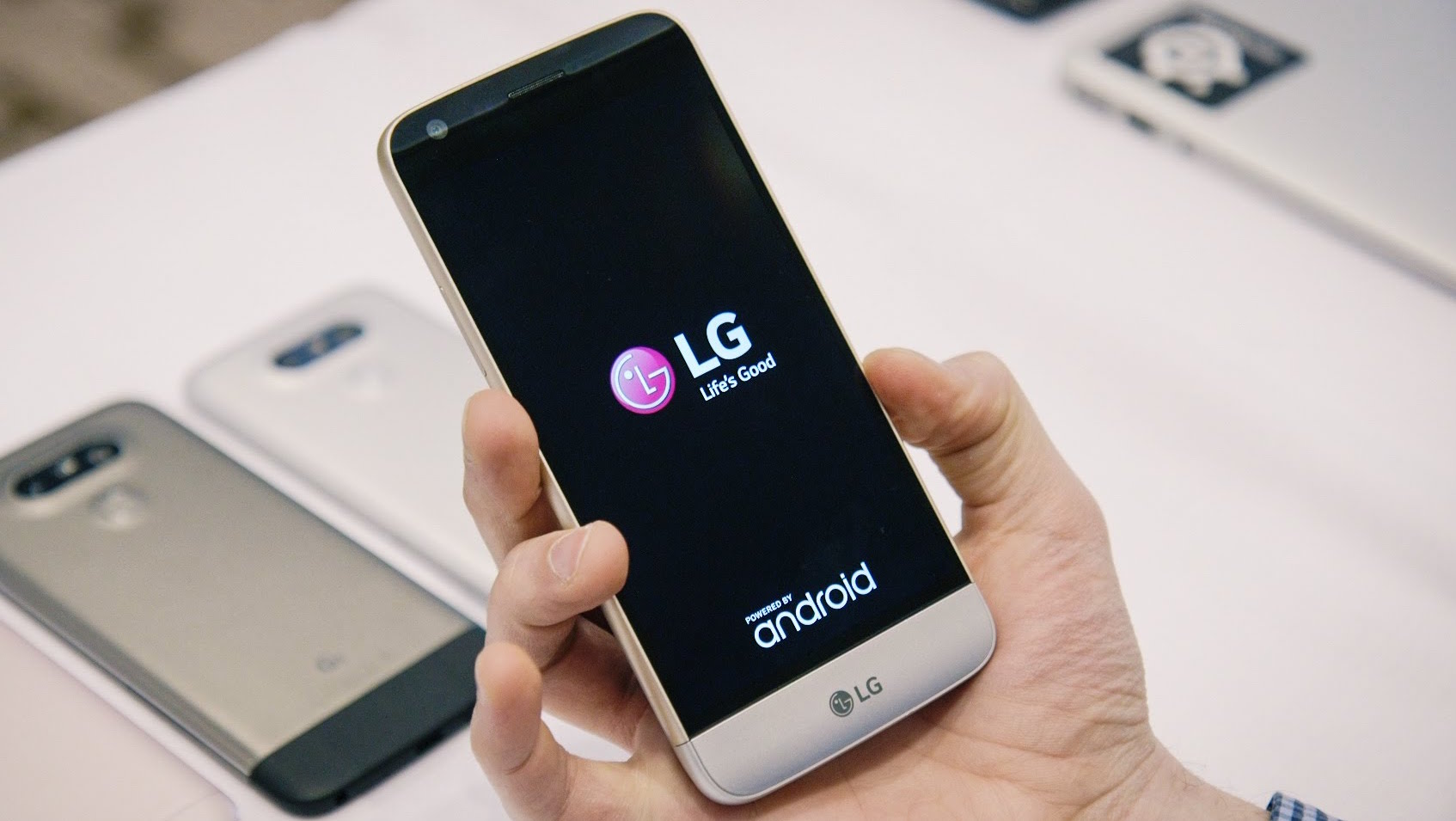The time has come for LG’s mobile business, with parent company LG Electronics Inc. announcing that it is closing its mobile business unit for good.
LG has branded the decision as a strategic move, noting that the mobile phone sector is extremely competitive and that pulling out will allow LG to focus its strengths elsewhere, such as electric vehicle components, connected devices, smart homes, robotics, artificial intelligence and business-to-business solutions, as well as platforms and services.
Current LG phone inventory will continue to be available for sale. LG will provide service support and software updates for customers of existing mobile products in accordance with its contractual obligations, manufacturer’s warranty and Australian consumer laws. LG will work collaboratively with suppliers and business partners throughout the closure of the mobile phone business.
LG first arrived onto the mobile scene in Australia before smartphones were a thing, with a number of (what we would call today) feature phones with monochrome screens and typical form factors for the time – candy bars and flip phones.
In time, LG pivoted to the more modern form factors, including sliders and phones with keyboards, but they still weren’t exactly smart … but nothing much was at the time. It was 2008, after all, and the iPhone had only just been announced, and at that time, no one else had really made the jump.
LG eventually made it to smart phones though, and its success in the Android powered smartphone space grew and grew. The original LG Optimus G was favourably reviewed by Ausdroid back in 2013, and while the Optimus moniker soon left, the G range became LG’s flagship mobile series, with incremental improvements and feature gains across the G2, G3 and (my favourite) the LG G4 just two years later.
The LG G4 was so good, in fact, that I struggled to move to another phone afterwards; it had a brilliant camera, super snappy Android OS build, plenty of battery life and a gorgeous leather rear case.
The LG G5 the following year was .. well .. questionable. It had a great design, no doubt, but the removal bottom half was odd and really freaked our reviewers and users alike. Adding to the problems were a late release, weird accessories and a marketing strategy that just didn’t launch.
While I loved the concept, it didn’t have mass market appeal, and that pretty much relegated it to an also ran, but didn’t win.
It’s a crying shame, because the LG G5 camera was among the best you could get at the time and the battery life too was excellent.
Unfortunately, the LG G5 was probably the last truly innovative or good thing that LG did with mobiles. The LG G6 was underwhelming and didn’t really fare well in the marketplace, and while the LG G7 ThinQ range was a breath of fresh air, it felt like a little too little, a little too late.
LG tried a few other ideas in the mobile space, but ultimately they mostly fizzled, with a reputation for poor software updates and phones that rapidly lost their value (going on sale for $1099 and ending up at $899 within a month or two is a big hit), customers voted with their wallets and bought Samsungs or iPhones instead.
LG will be missed in the mobile space for innovating rapidly and coming up with unique ideas which I for one found fascinating.
Unfortunately, though, that’s just not enough; you need mass market appeal, and against the juggernauts of Samsung, Apple and others, LG just couldn’t keep up.





For me, the LG phone that I still miss is the G3. The way the rear colour was used on the chin and earpiece speaker grill, was a simple touch that looked gorgeous.
But it wasn’t looks alone. Good camera, easy to use software, and compared to the Samsung models of the day, minimal bloatware.